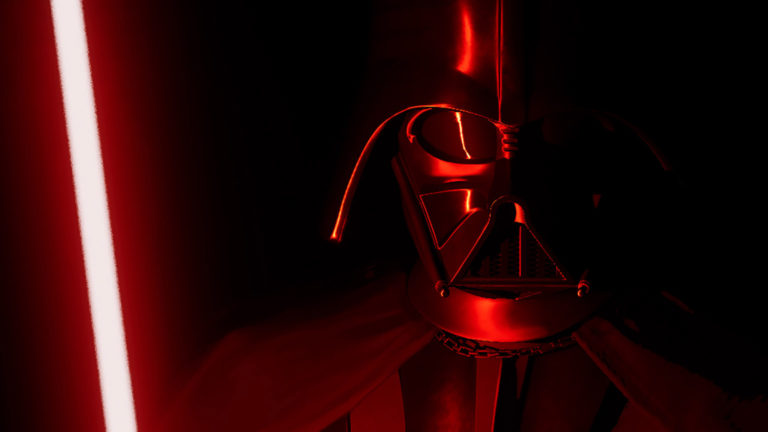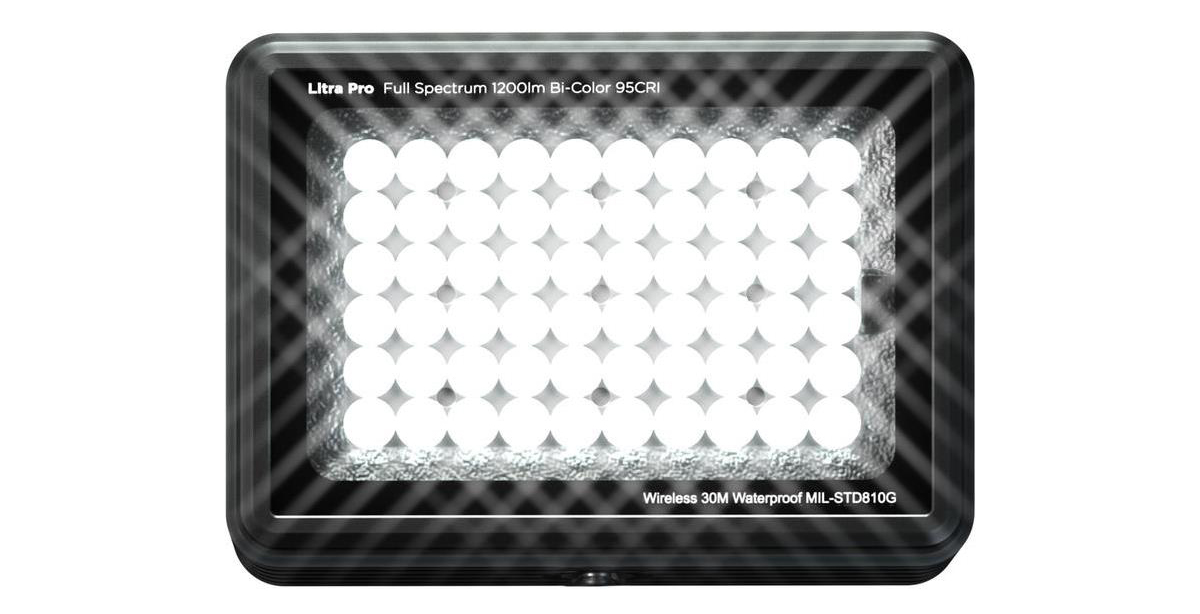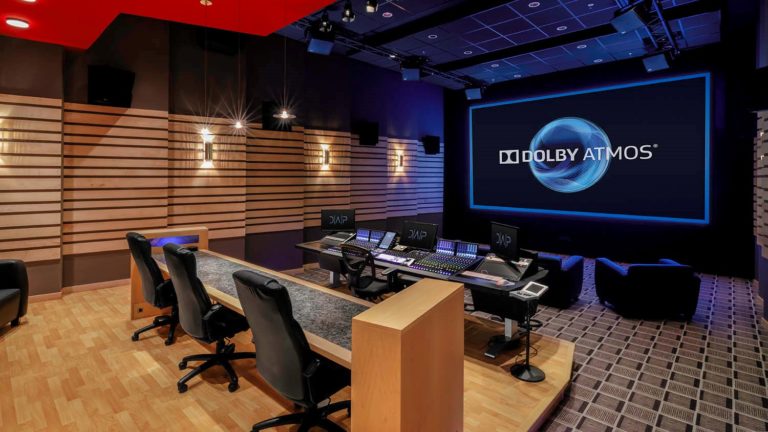Making Big-Screen Sounds Fit Into Small-Screen Spaces

Mete recalls that the show’s producers were particularly fond of the morphing sound found in 1991’s Terminator 2: Judgment Day, the first of the sequels. But the audio work in the movie dates from the pre-DAW days. “It sounds great, but it’s actually pretty simple and plain compared to the kind of audio you hear today on science-fiction television,” says Mete. The sound crew had the older films to go back as historical resources, but Mete dug a bit deeper when it came to this critical effect and learned that the original sound was created by letting a few McDonald’s milkshakes sit around long enough for the contents and the cups themselves to get nicely squishy. Foley artists then tossed the cups at various rates of speed and intensity onto a solid surface that had a microphone pointed at it. The sounds were combined and then flipped – played in reverse. Mete says the strides made in pro audio since 1991 have allowed them to create far more sophisticated transitional sound signatures.
“Another change is the fact that the morphing in the films tended to occur quickly,” he says. “On the television series, they’re more drawn out visually, and the sound effect has to take that into account.” Mete went back to the Foley pit for this. “The transformation is like a metal sheen [progressively] covering the body,” he explains. “We recorded compressed air and flipped that to get a kind of sucking sound as the body gets covered by the sheen. Then we added the sound of hands rubbing empty wine glasses and slowed the sound down to add some lower frequencies and give it some texture.”
Mete says most of the other sound FX in the series are newly developed, such as the sound of the time machine, and are generally combinations of library audio files punched up with live effects to add cinematic depth to the sounds. But the crew doesn’t start working on any effect until they check the films to see if it the event or action it’s needed for had a crucial predecessor. “The first Terminator and T2 are always up in the editing room, and we’re constantly referencing them for any signature sound effect,” he says.
Workflow
The sound crews for The Sarah Connor Chronicles may have a slew of sleeker, faster digital gear to use to create their audio, but they have neither the luxury of time that the sound departments did nearly 20 years ago nor, relatively speaking, the theatrical budgets. If anything, one of the more global side effects of digital is that it has created the expectation that everything can be accomplished faster and less expensively, and better.
That’s been quite true for The Sarah Connor Chronicles, and it shows in the workflow. “I’ll get some scenes and a rough cut or two along the way, but we have a total of 10 days from when we receive the final cut to when the final mix needs to be done,” says Mete. “Everything – Foley, sound effects, ADR, and the final mix – has to be done in that time.” Tricks to keep up the pace include pre-recording any voice processing, such as the flanging effect from an Eventide H3 harmonizer, along with the voice track itself rather than leaving it for the mix. The sound crew will also create 12- to 24-track stems of repeating sound effects and create 5.1 versions of them that will serve as the basis for the effect next time it’s needed, with some new audio wrinkles added to keep it fresh. Working against them, though, is a show that’s cinematic in its production and scope. Much of the action is shot on location and the production dialogue is usually unusable, requiring a sizable amount of time spent looping.
The Mix
A THX-certified theater is a great place to hear stuff get blown up. That’s not the case with the bandwidth-challenged environment of broadcast television, even in the HD era. Dialogue mixer Dan Hiland and FX mixer Gary Rogers agree that the schedule is routinely tight for this type of show. “We’re mixing what is basically a mini-movie in two 12-hour days,” says Hiland. Adds Rogers, “They want a big-sounding movie with a lot of dynamics.”
How to achieve that in the shadow of broadcast compressors? “Keep the sounds apart from each other,” Hiland explains. “Even the layered sound like when you have two Terminators fighting, you have to have each hit have its own space, then get it off the table and clear the space for the next one. No extended reverb tails on hits – keep them tight and short. We don’t have the same dynamic range available as film would, so this is the way to make big sounds fit into smaller spaces.” The bigger the sound, the less processing it gets, and the reverse is also true. “We process more of the Foley sounds, like footsteps and doors,” relying on a Lexicon 480L for much of that, says Rogers.
The mixes are done in 5.1, with 96 tracks sourced from Digidesign Pro Tools through a Neve DFC console. With so much audio it’s not surprising that this Terminator is a sonically dense proposition. The mix is kind of an aural triage, with various combinations of the reverberant and percussive scoring, sound effects and industrial sound design (lots of whirring servos and metallic scraping played backwards) providing a carefully choreographed background for the dialogue. “The dynamic range is the real issue for the mix,” says Rogers. “Often, the music and the effects will accent the same event at the same time, so we have to decide which one better serves the narrative at that moment.”
Mete points out that the mixes are closer to 5.0 than 5.1 – “Low end doesn’t translate as well on television as it does in the theater,” he says – but that The Sarah Connor Chronicles does take advantage of multichannel sound by sometimes placing dialogue into the surround channels. “It’s a pretty adventurous show, for the sound as well as everything else.”
Did you enjoy this article? Sign up to receive the StudioDaily Fix eletter containing the latest stories, including news, videos, interviews, reviews and more.









